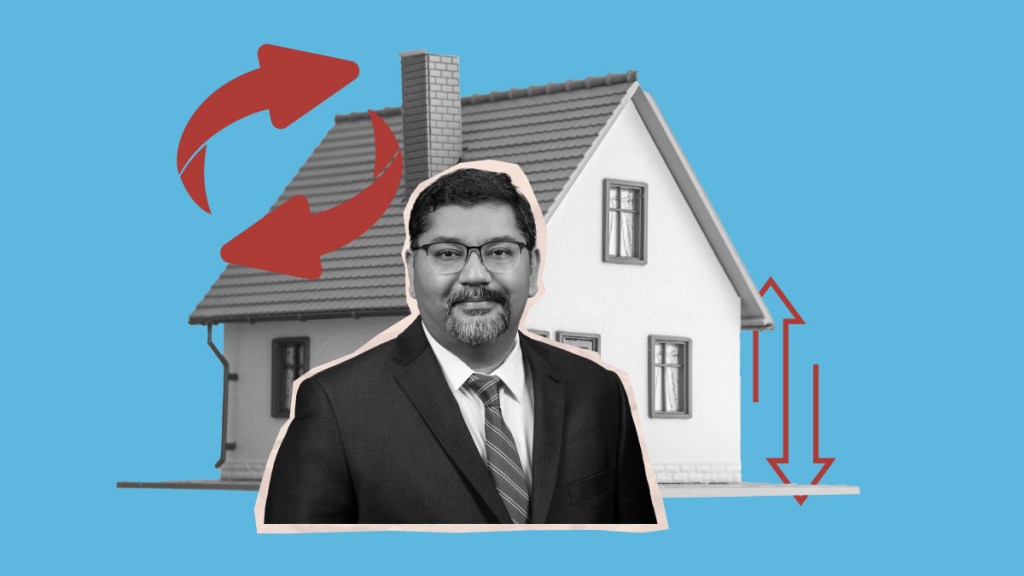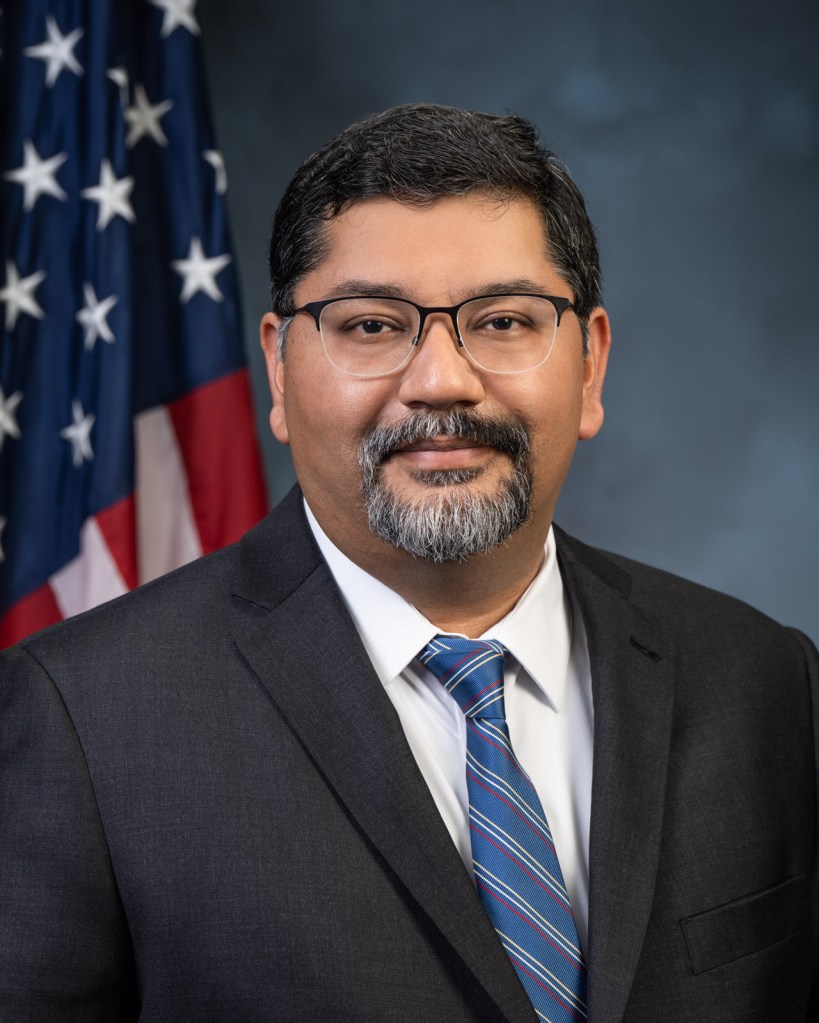
Sam Valverde, the acting president of Ginnie Mae, has overseen the work the government-owned company is currently engaging in to better improve the liquidity situation for the companies involved in the Federal Housing Administration (FHA)’s Home Equity Conversion Mortgage (HECM) program. These include efforts to establish an additional HECM-backed Securities (HMBS) instrument to complement what is currently available.
Dubbed “HMBS 2.0,” the forthcoming program’s development was initially announced early this year before Ginnie Mae released a more detailed term sheet over the summer. To get a better idea about where the new program currently stands, HousingWire’s Reverse Mortgage Daily asked Valverde about it.
Coming soon?
In part one of this interview, Valverde spoke about the work being done at Ginnie Mae and the FHA to bolster the HECM program. This follows in the wake of liquidity concerns created by the collapse of a major lender in the space two years ago.
“Even with all this great work from FHA, it was clear more needed to be done,” he said. “So, we began exploring a new securities program — what we and the industry have been calling ‘HMBS 2.0.’ For HMBS 2.0, we’ve consulted closely with issuers and industry experts to identify the needs of the market and get their input.”

Industry reaction following the release of the term sheet has been largely positive. Leo Wong, an analyst at Waterfall Asset Management, previously told RMD that the detailed work and proactivity on the part of the government housing agencies has been a source of optimism.
But the industry itself also plays a role in policy development, which Valverde discussed while offering a possible timeline for a final term sheet.
“That’s why we offered a draft term sheet for public comment in June, and we took those comments in July,” he said. “We’ve received a lot of helpful feedback from the industry on the term sheet, and across Ginnie Mae we’re working through how those comments can lead us to a viable solution.
“We’re assessing that feedback, and I’m confident that we’ll be able to complete a final term sheet for public consumption over the next several weeks. We want to make sure stakeholders understand where we’ve landed and why.”
Industry collaboration
The public comments play a sizable role in the development of policy at the U.S. Department of Housing and Urban Development, FHA and Ginnie Mae. Requests for public comment from the industry can span individuals and larger corporate stakeholders, as well as trade associations. The National Reverse Mortgage Lenders Association (NRMLA) and the Mortgage Bankers Association (MBA) have previously submitted comments on the initial term sheet to Valverde in a joint letter.
This feedback, Valverde said, plays a key role in the development process.
“I want to underscore the importance of our relationship with our industry partners and the constructive conversations we’ve had with them throughout this process,” he said. “Once we’ve elaborated those final terms through the final term sheet, we can focus exclusively on implementation.”
Valverde also wanted to make clear to the reverse mortgage industry that HMBS 2.0 remains a “top priority” for Ginnie Mae, but the industry has also been vocal about its desire to learn more about the implementation timeline. Still, the sensitivity of the work will require patience from private stakeholders.
“The program remains a top priority, but I can’t provide a timing assessment at this point,” he said. “We’re weighing program effectiveness against speed to market. It’s critical that what we deliver works well for the industry and reflects prudent risk management for taxpayers.”
Valverde also addressed inbound suggestions from the industry about how HMBS 2.0 can be implemented.
“Some in the industry are advocating for a phased approach, focusing on the initial product rather than a multi-class structure,“ he said. “We’re taking those perspectives into consideration. HMBS 2.0 presents our best — and perhaps last — opportunity under existing authority to stabilize the program.
“So, we want to make sure that what we deliver to the market brings meaningful relief. That’s going to be the goal that determines the scope of the program and our timeline.”




